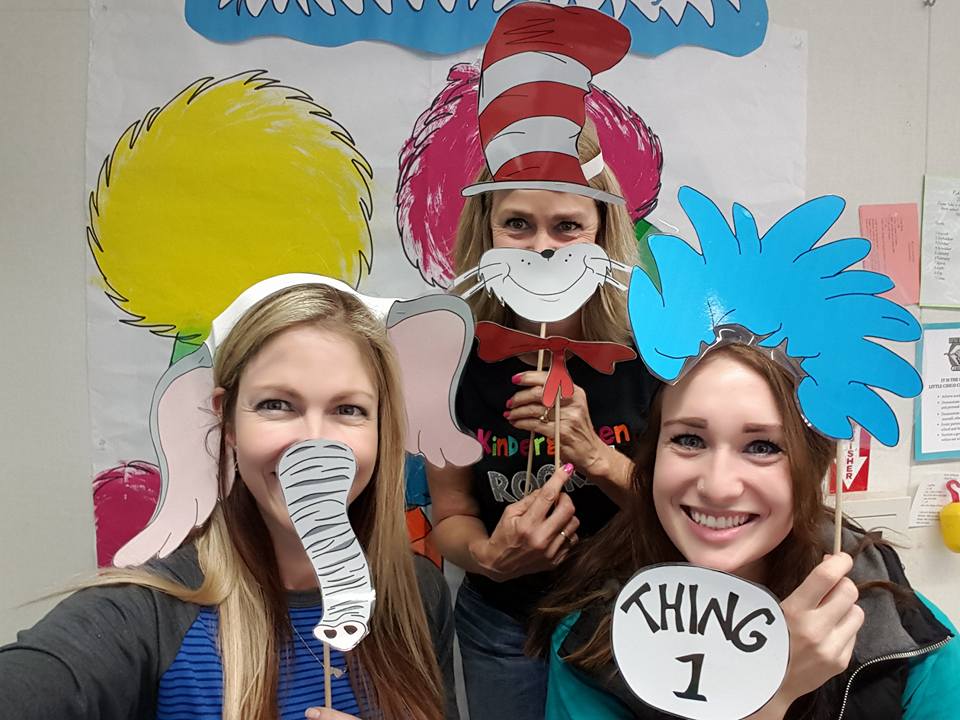Ladybugs, Tornadoes, and Swirling Galaxies (Part III)
Mike Rose states from personal experience that there is often a “misperception of failed performance” of students. I believe that he is referring to the many ways in which teachers often write-off their students as failing to understand a concept when the student might actually understand it but is not allowed to showcase it in a way that allows the student to shine. One example of this that we have been discussing lately in class is standardized tests. Oftentimes testing students at the same level can create a misperception of failed performance because it does not take into account different learning styles and it does not showcase a student’s progress in learning from the beginning of the year to the end of the year. There is a difference between allowing a student’s work to reflect their learning and using a test score to accomplish this, which Buhrow and Garcia effectively address, “Documenting student work has been important…when thinking about assessment, we have a hard time understanding how scores and grades and getting to the right level on a district benchmark will occupy a space in the hearts and the minds of our children.” (page 146) It is extremely important to understand that each student is uniquely created and connects to learning through different approaches.
Buhrow and Garcia continue to work against this misperception of failed performance through their teaching practices, which they elaborate upon further in chapters 6 through 10. In chapter 6, they discuss how it is extremely effective to allow the students to work at their own pace and in their own manners when completing inquiry projects. “Some of them might start by taking notes, and others start with their illustrations and art-its all good. It is a cyclical process, and each of them will work in their own way.” (page 83) By allowing this, each student is able to be engaged in their learning at a deeper level because they are able to cater to their personal learning style, and therefore each student is learning to their best ability at the same time. Buhrow and Garcia also discuss the misperception of failed performance by ELL students that often occurs when they get boxed into one specific way of thinking. As teachers, they work to combat this with the mind map activity, which allows students to visibly represent their thinking in tangible ways with pictures, lists, and writing.
Students are allowed to guide their own thinking and learning by choosing topics that are interesting and relate to them in one form or another. Buhrow and Garcia express the importance of listening to the kids in chapter 7, which lets them know what topics matter to their students. “Rarely do we find that kids are distracted or bored when they are working on something that they’ve chosen.” (page 93) I love the example of this in the colored insert (Example 5), where one of the students Brayan was assisted in researching rainforests in both Spanish and English books and ended up making a mind map in Spanish, which encourages biliteracy and bilingualism. This creativity and learning was not discouraged by the teachers, but rather encouraged as it promoted learning in a unique way and fully engaged Brayan, just as each student was able to fully engage in their specific topic of learning. In addition to this, Buhrow and Garcia constantly add depth to their students learning and the charts they create by explicitly focusing on schema, which allows the students to realize that they know a good amount about different topics, and how to utilize this knowledge. Buhrow and Garcia also emphasize the importance of allowing students to share their work and have their work displayed so as students they know they are valued and their work is appreciated. “Sharing our work is a way for ELLs to explore and play with language and for the entire class to work on a variety of comprehension strategies.” (page 101)
Publishing students work is also discussed in chapter 8, and I personally like the idea of the sticky note poster which starts small and then can turn into a big map of ideas and concepts, with drawings to support writings and vice-versa. This is only one of many ways in which students can publish their work, such as posters, mobiles, poetry, books, and charts, and each way is valued and encouraged so students feel like their way of learning is accepted, especially if it is unique to others’! In chapter nine, Buhrow and Garcia go into depth of various ways to integrate ESL students’ learning into the classroom. One of the most effective ways I think they do this is by developing vocabulary through “meaningful print”, which is content that the students can connect with. “Text that is not attached to something of significance for an ELL might as well not even exist.” (page 128) Therefore, attaching vocabulary to meaningful drawings, research, etc. can make the vocabulary come alive for the students and promote learning in ways that the students can connect to.
According to Buhrow and Garcia in chapter 10 and the appendices, the assessment of student work is actually for understanding student progress and tapping into a child’s wealth of knowledge, allowing students to reach their full potential in learning. There is a wide range of levels of learning within the classroom, especially with ELLs, and it is important to not group students together when assessing. One form of assessment that I really like and hadn’t previously considered as assessment is student portfolios. I think it is important for student work to be catalogued over time as it makes growth in learning visibly tangible.

